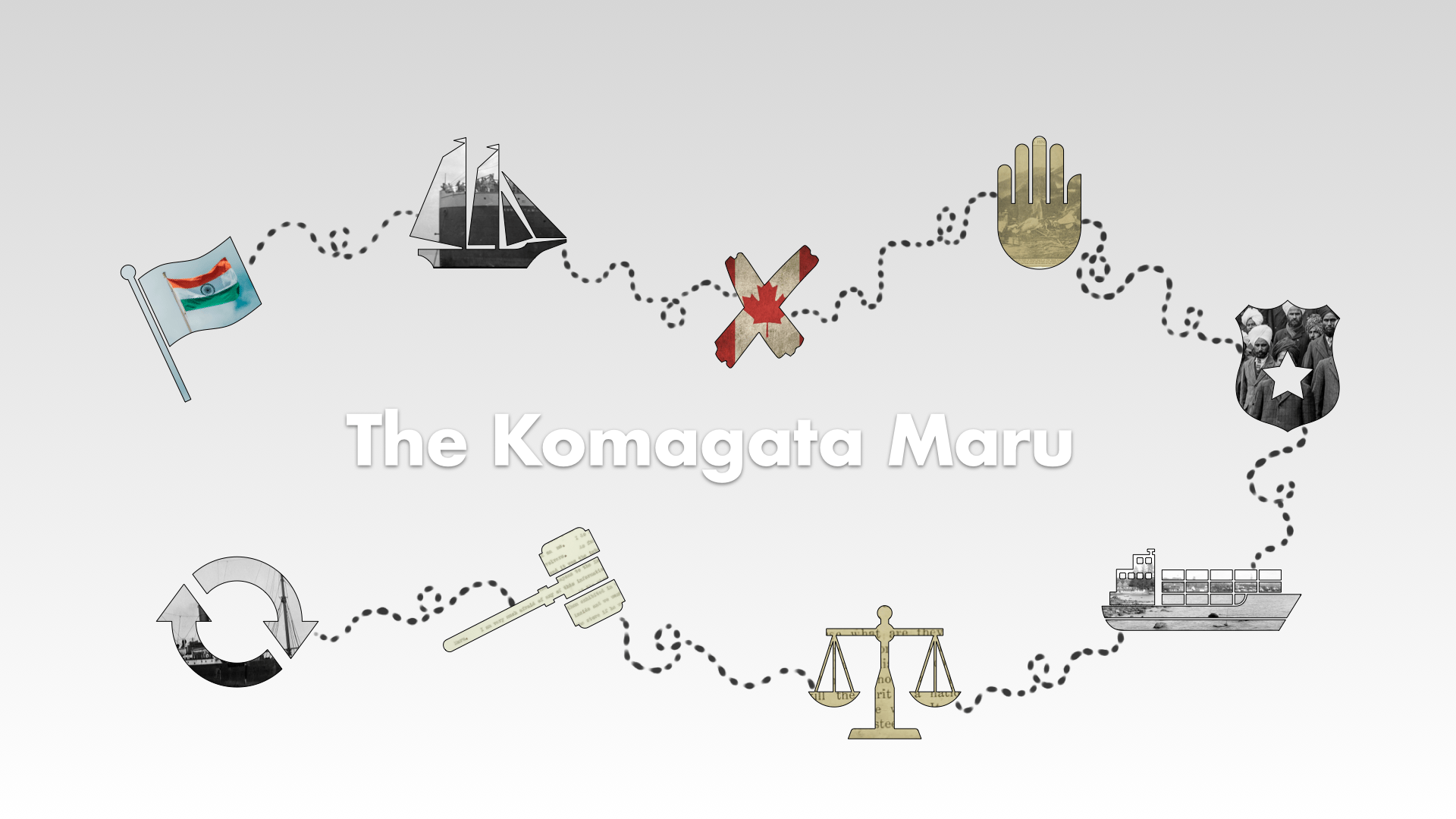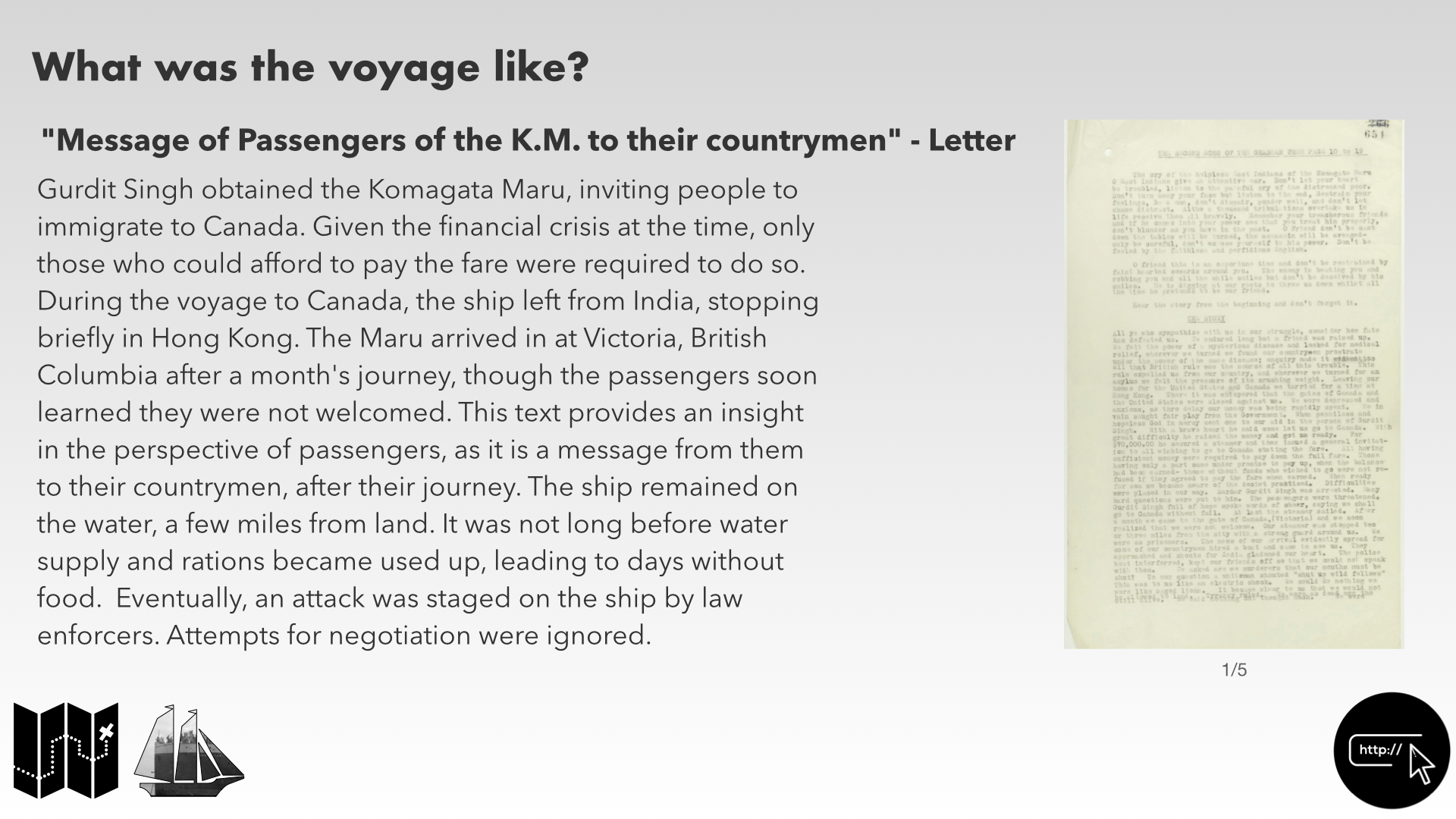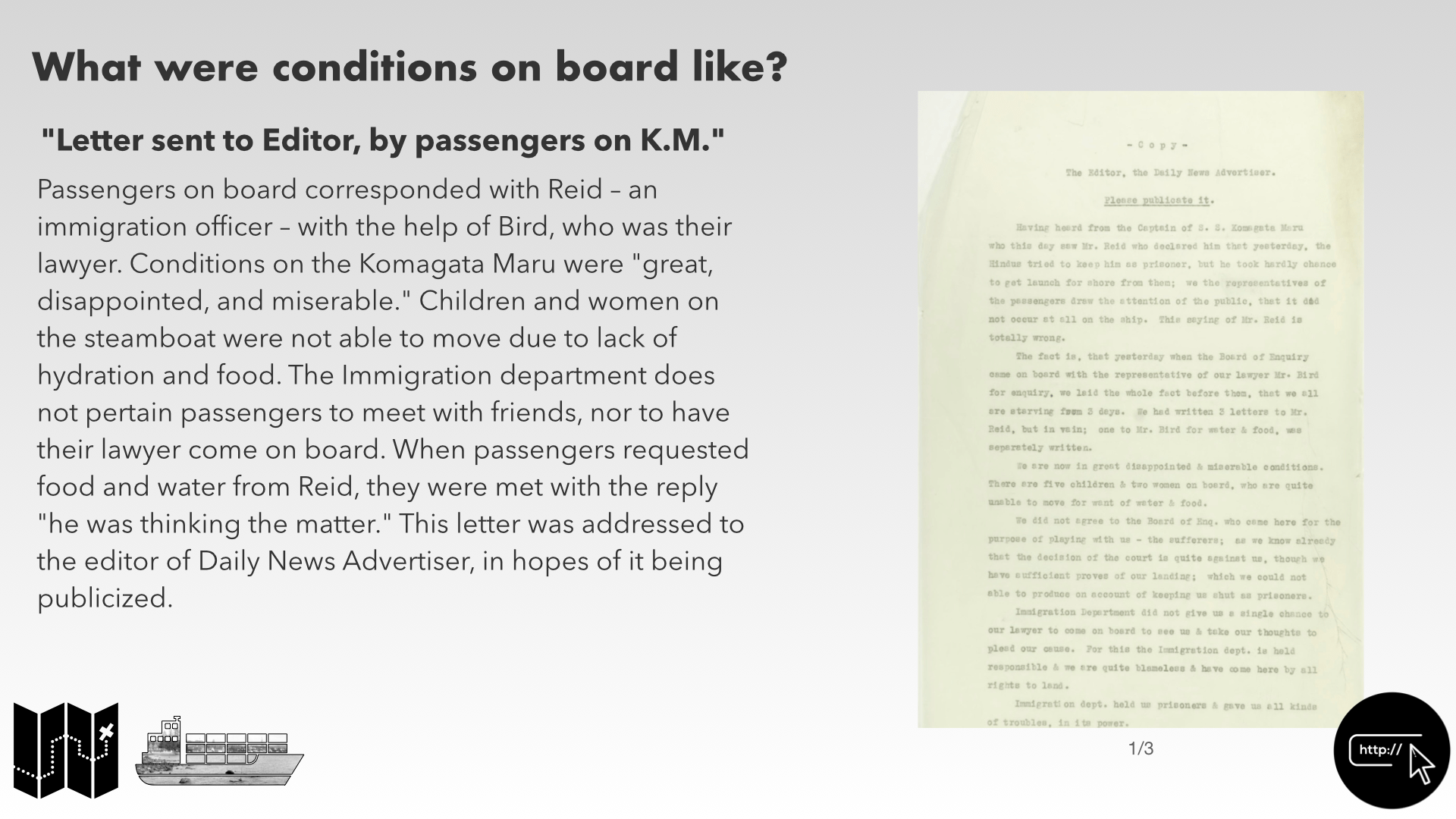I never thought I would dress up as a supremacist while presenting a project about the importance of apologies towards victims of discrimination and racism in Canada’s history, yet PLP has surprised me once again.

Left to Right – Myself, Sabrina, Ava
Our latest Humanities 10 project was centred around historical injustices towards people of Asian descent who either lived in Canada or intended to immigrate to Canada during the 1900s. We focused on making ethical judgements surrounding historical events, using primary sources to further our understanding and build a strong argument, and simplifying our understanding of what we learned to audiences during PLP’s most recent Winter Exhibition; of which was themed after James Cameron’s 2009 Avatar film.

How can we keep apologies for past wrongs alive so they are remembered – and not repeated – today?

Left to Right – Myself, Ava, Faith
In order to keep apologies for past wrongs alive to practise remembrance and avoid repeition of injustices, we created monuments that told the story of different historical injustices.
We had the option of choosing one of three topics to independently research this project: Chinese Head tax, Japanese Internment, or the Komagata Maru. I opted to choose the Komagata Maru because after reading some blog posts from the learners in the grade above me, who have done this project in the past, I felt moved and thought it would be a topic of my interest. We researched primary sources in order to build an understanding of our topics and to set ourselves up for success in the later stages of the project. I compiled my primary sources into a document.
Throughout the duration of the project I found that a lot of our learning done in class was done independently. Most days, we would be scrounging for primary sources and trying to piece together the puzzle of the whole story of our topics, with only a partial understanding of what had happened in the first place. It is hard to know what you are missing when you don’t know the whole picture. Personally, I don’t learn well from a more independent and self-taught learning style, such as the self-guided reading we did throughout a large portion of our project. I learn better when I can visually understand what is going on, or through hearing hard-to-understand ideas explained simply to me.
A large part of why it was hard for me to understand my topic through primary sources was because I was not truly able to recognize it if I was missing a primary source crucial to the understanding of the Komagata Maru, since again, I only had a partial understanding of what had happened initially. However, I also found it difficult to read in between the lines to recognize the discrimination that had occurred. A lot of the time, really elaborate, long-winded, and difficult to understand justifications were given when in reality what the primary source was really telling me was that these writers and government officials were racist and cruel. The contrast of what was written and what was actually being said was simultaneously confusing yet intriguing.
For our first keystone, we used the knowledge we gained from our research into creating an interactive Keynote presentation on our topics.
You can choose to either view it in Keynote to see the interactive elements, or through the slider below!
This keystone was challenging due to not only all of the difficulty I had faced gathering and understanding primary sources, but also because it was a lot of work to concisely summarize primary sources that helped build the picture of what the Komagata Maru incident was truly about. It was also personally very overwhelming to implement the interactive parts into the presentation due to all of the settings that needed adjusting involved. Even though I spent a lot of time procrastinating on my presentation because of the stress I had associated with it, I am really proud of my final result.

We also practiced making ethical judgements with the topic of Ukrainian Internment. I enjoyed learning about ethical judgements and applying that knowledge to my own writing because the intricacies of maintaining neutrality, considering factors regarding all groups involved, and using solid evidence in order to make an argument was a challenge that I thought was fun. This practice of applying evidence towards ethical judgements helped us with our keystone 2, in which we had to build an ethical judgement of our topic and explain why an apology is necessary.
We had to create an audio clip, and as an individual who feels very self-conscious of their voice, this was a struggle. As a young child, I was not able to say certain sounds correctly and had to see a speech therapist for a few years. Even after that point, I still received a lot of teasing or comments about my voice from other children. Now, I feel a lot more self-assured, yet it is still hard to not cringe when I hear my own voice.


I had to revise my keystone after handing it in, which I initially felt very frustrated about. Editing audio clips, especially since I added visuals to my audio to make it more of a video, is a lot harder than editing a paragraph. It also wasn’t the most pleasant experience having to re-listen to my own voice a few times to ensure the audio lined up with my visuals. In addition, I felt that the feedback I received wasn’t very clear, and I thought I had included all the criteria for the keystone, while the feedback I was given said otherwise. Although revising ultimately felt pointless in this situation, since I basically just reworded what I had already written down, I managed to get the grade I had wished for without much extra effort.

For our final keystone – a monument as an apology regarding a topic, or multiple topics of our choice – I worked with Ava and Faith. I believe we worked well together and each group member had something valuable and insightful to contribute. I came up with the idea of us using paper cut-outs and a light source in order to represent the duality and contrast of the victims and oppressors for the Komagata Maru and Japanese Internment topics. Faith, who has watched The Greatest Showman, suggested we can find a way to make it a sort of creation that can spin.
We used shapes relevant to our topic and showed the contrast of what people hoped for when trying to immigrate to Canada, or after having already lived in Canada for their whole lives in comparison to the treatment they actually received.
Ava wrote a plaque for our monument, which you can read below.

In order to justify why I felt I deserved an Extending grade for this keystone, I wrote a short blurb about an experience I had while presenting our project at the Winter Exhibition, which you can read below.
What does James Cameron’s fantasy world of Avatar reveal about our own society?
On the day of the exhibition, we learned that the Grade 9’s who were in charge of designing the room in which my group was to present our monument (the Militarism room) did not have a plan. More specifically, they did have a plan, however they felt the need to have only one person contribute to building the whole plan. The person who they assigned to make the plan was also a person that was not coming to the exhibition and was not there on the day of.
For our monument specifically, Faith, Ava, and I needed a dark space so that we can show the shapes on our creation. However, we were told our room for the exhibition was three different rooms three different times by different teachers. That was when I began to realize sometimes the plan is that there is no plan, and you have to make one up because even though it was not your responsibility, and there was much miscommunication involved, you are presenting at an exhibition in three hours and you need a plan.
That sucked.
But hey… we did it?
Yay.
I also may or may not have accidentally knocked over a younger kid’s project and got soil all over the ground but it was fiiiiiiiiiiiiiine. (If you are reading this, I am so sorry.)
ANYWAYS.
Here’s a highlight reel from the exhibition:

After the exhibition, we watched James Cameron’s sequel to his 2009 film, Avatar: The Way of Water in the theatres as the entirety of PLP (or at least, those brave enough to join.) In my opinion, although the cinematography was amazing, the movie itself was truly artistic, and the world-building was intricate and beautiful; but the plot itself was disappointing and felt generic. I felt that the characters could have been developed way more than they had been given the length of the movie – which was 3 hours and 12 minutes. However, it was a beautiful and overall enjoyable film.
Signing off,
Ariane




















January 4, 2023 at 2:05 pm
HI ARIANE!!!
I really liked the introduction and our photo together is very cute. I agree with your assessment on the movie too!
Your (best) friend,
Ava Wan Kenobi
January 4, 2023 at 8:12 pm
HI AVA!!!!!!
Thanks for the cool response. I like to think we have similar views on those sort of things. (And yes, our photo together is very cute.)
YOUR best friend,
Arianakin Skywalker